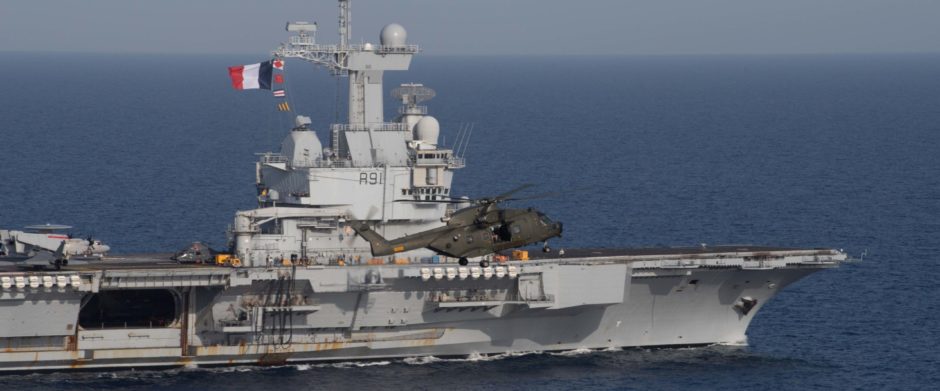Dominant historiography tends to consider modern history through Anglo-French antagonism. Other countries are implicitely disqualified as non-significant. It is perhaps true of the Italian states, whom navies are virtually non-existant, even if the kingdom of Naples tries to build a navy in the second half of the XVIII century. Austria has no navy, except o brief attempt during the reign of Charles VI, without posterity : in 1739, the fleet was disbanded and her ships were sold to the Republic of Venice29. The Venetian seapower is declining, even if it has jumps as late as 178030, it is now a second rank power. Malta is now an emposion, which tries to preserve its independence between France and Naples31, with some records of its ancient glory such as the great cruise of the marquess de Chambray (« the Red of Malta ») in 173232.
But it is not the case of Spain. The image given by Anglo-Saxon historians suggested a chronic decline from the loss of Gibraltar until Trafalgar. Spanish historians called it « la leyenda negra de la Armada española33. Recent research corrects this view : during the XVIIIth century « Spain again became if briefly, a dynamic seapower »34. Under kings Felipe V (1700-1746) and Carlos III (1759-1788) and a great minister, the marquess de Enseñada , the shipbuilding is of high quality, there are able leaders35, as the admiral José de Mazarredo, one of the finest seamen of his time, or Luis Córdoba y Córdoba who captures two British convoys (79 merchant ships taken) during the American Independance War. The Spanish navy is able to recapture Minorca (recovered by the British at the treaty of Paris at the end of the Seven Year’s War) in 1782. But, after the failure of the expedition of Sicily (1718), Mediterranean area is not the center of gravity of Spanish strategy : the main problem is the line of communication across the Atlantic with the empire of America. The decline will ocurr in the last decade of the century mainly for political reasons.
Notes:
29 Jean Bérenger, « Les Habsbourg et la mer au XVIIIe siècle, in État, Marine et Société. Mélanges offerts à Jean Meyer, Paris, Presses de l’Université Paris-Sorbonne, 1995.
31 Alain Blondy, « Malte, enjeu diplomatique européen au XVIIIe siècle », in Christiane Villain-Gandossi, Louis Durteste & S. Busutill, Méditerranée mer ouverte, Malte, Fondation internationale, tome I, 1997.
32 André Plaisse, « La grande croisière du bailly de Chambray contre les Turcs en 1732 », in Marins et Océans III, 1992.
33 Cf. Lowel Newton, « La leyenda negra y la historia de la fuerza naval española : algunos comentarios », Archivo Hispalense, 1973.
34 John D. Harbon, Trafalgar and the Spanish Navy, Annapolis, Naval Institute Press, 1988.
35 José Merino, La armada española en el siglo XVIII, Madrid, Fundacíon universitaria espanola, 1981.





